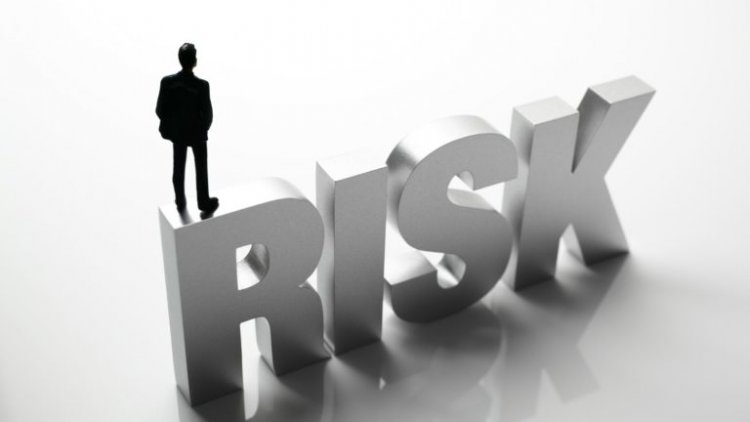How to Manage the Five Sources of Strategic Risk (Part Two)
John Myrna

Managing risk is a major element of the “chemistry of strategy.” You must understand strategic risks -- what they are, how to identify them, and how to assess and manage them from a strategic perspective. Financial risk is embedded in all risks, since the impact of all risks is ultimately financial. There are five major sources of strategic risk. Two have the potential to wipe your company out overnight (discussed in a previous post), and three, while unlikely to wipe out a company overnight, could smother it over the next three to five years.
Let’s look more closely at the three that can smother you over time. While all the company stories are true, names have been changed to protect privacy.
Risk #3: Superior competitive solutions
Are there more competitive solutions to the problem your current products address? These might include replacement technology, integration with another solution, or problem prevention/elimination. Best Systems knew it would just be a matter of time before their market evaporated. They manufactured products that enabled military users of legacy systems to build replacement applications that communicate with ships and planes still using a fifty-year-old interface. The military was committed to replacing this interface.
Best Systems followed a dual product/market strategy. For their legacy market, the basis of their current business, they didn’t waste resources trying to sell products that required customers to adopt the old technology, but focused product development investments on features that enabled legacy customers to defer their transition to newer interfaces.
Best Systems’ five-year strategy spotlighted the need to identify, develop, and grow a new business to over 20 percent of total revenue. The smart strategy was to identify and enter the “growth” stage of the new business before their core business entered its “decline” stage. They were open to obtaining that new business by growing it organically or through acquisition.
Risk #4: Insufficient development investments
Are you investing enough attention, time, and resources to realize a usable return on future products and/or markets? Fun Foods’ business was built on supplying a single product to movie theaters. They sold replacements when their product wore out and made sales to newly built theaters. Over the years, the company had discussed developing additional products for their theater customers, as well as searching for new markets for their product. Yet, when sales and revenues plummeted in a recession, they didn’t have any new products or markets to fall back on. In retrospect, Fun Foods had never really invested sufficiently in developing them.
Fun Foods was saved by its aggressive acquisition strategy. After a painful downsizing, they acquired a new business, enabling them to survive the decline of their core market. A company’s strategy is a mix of exploration and exploitation. Once exploration has identified major opportunities, successful strategies shift to the exploitation stage. At least once a year, review your company strategy and verify the balance between exploration and exploitation.
Risk #5: Insufficient volume and focus
You may not have enough volume and focus to generate sufficient continuous improvement of products, sales and operations to sustain profitability and competitiveness. SWT Services provided three services: staffing, web design, and technical writing. None of their customers purchased more than one service. SWT was once the only firm specializing in placing technical writers. Formerly a leader in that niche, SWT now consistently lost opportunities to a local firm that only provided staffing services and had more assignments in a month than SWT had in a year. Given their low volume, SWT Services started losing money on the staffing service. A small company can’t afford to split its focus. It’s challenging enough to generate a competitive volume within a single niche, never mind three.
Every year, your company, your competition, and your industry can get smarter through an additional twelve months of experience. So, your strategy must include a roadmap of how you will become more competitive. Each time you move along the Experience Curve, expect to figure out how to spend less to sell and deliver your product. The first time you do anything is the most expensive (in terms of time, effort, money or revision). The more times you do something, the less resources it requires, allowing you to produce more results for the same amount of resources, forming a virtuous cycle that makes you more competitive, assuming that your company follows a strategy of continuous improvement.
A measure of the quality of a company’s management is its ability to identify and manage risk. Building that acumen should be part of every company’s strategy.

















